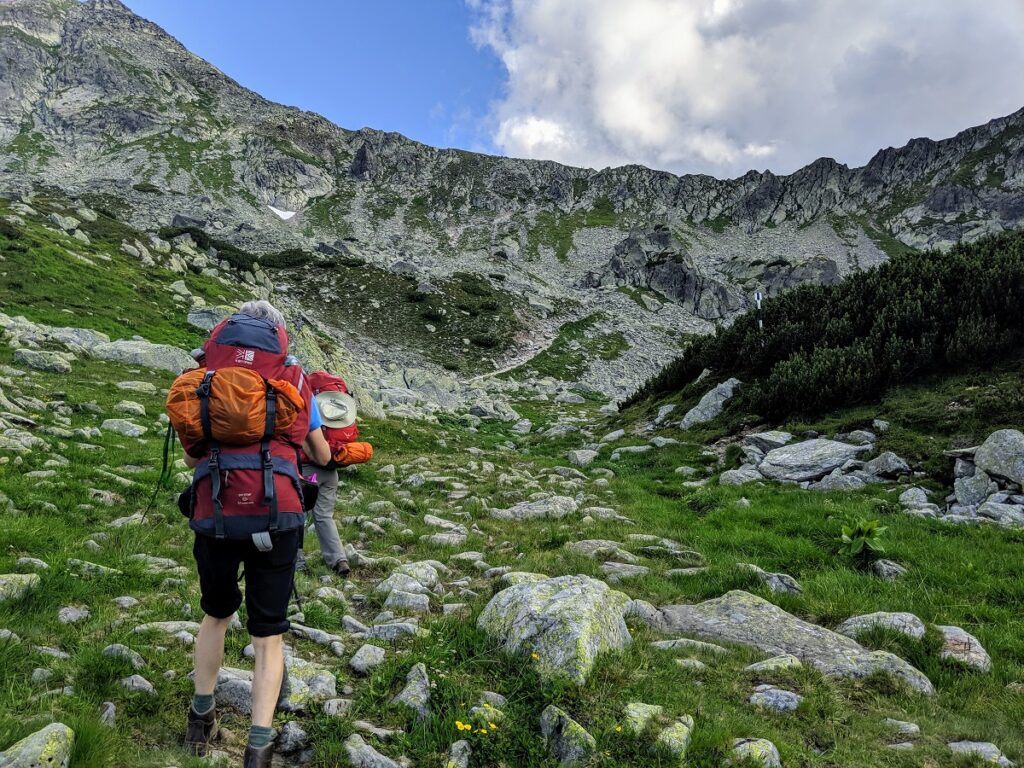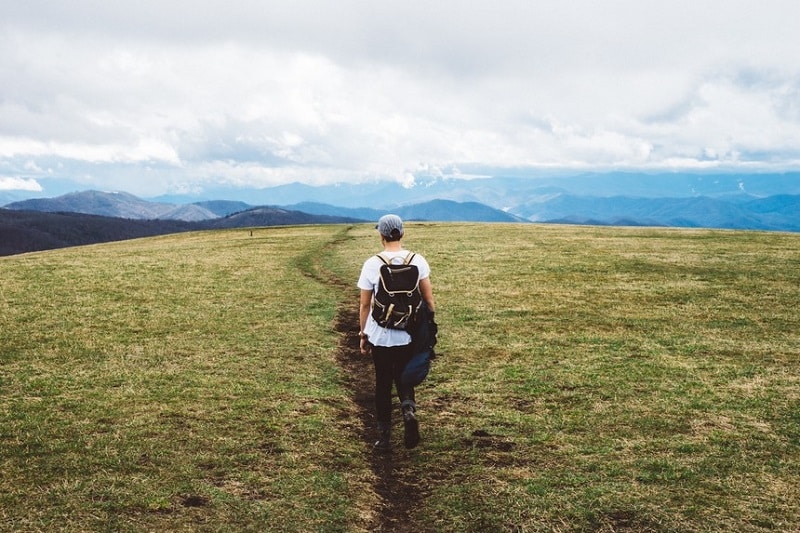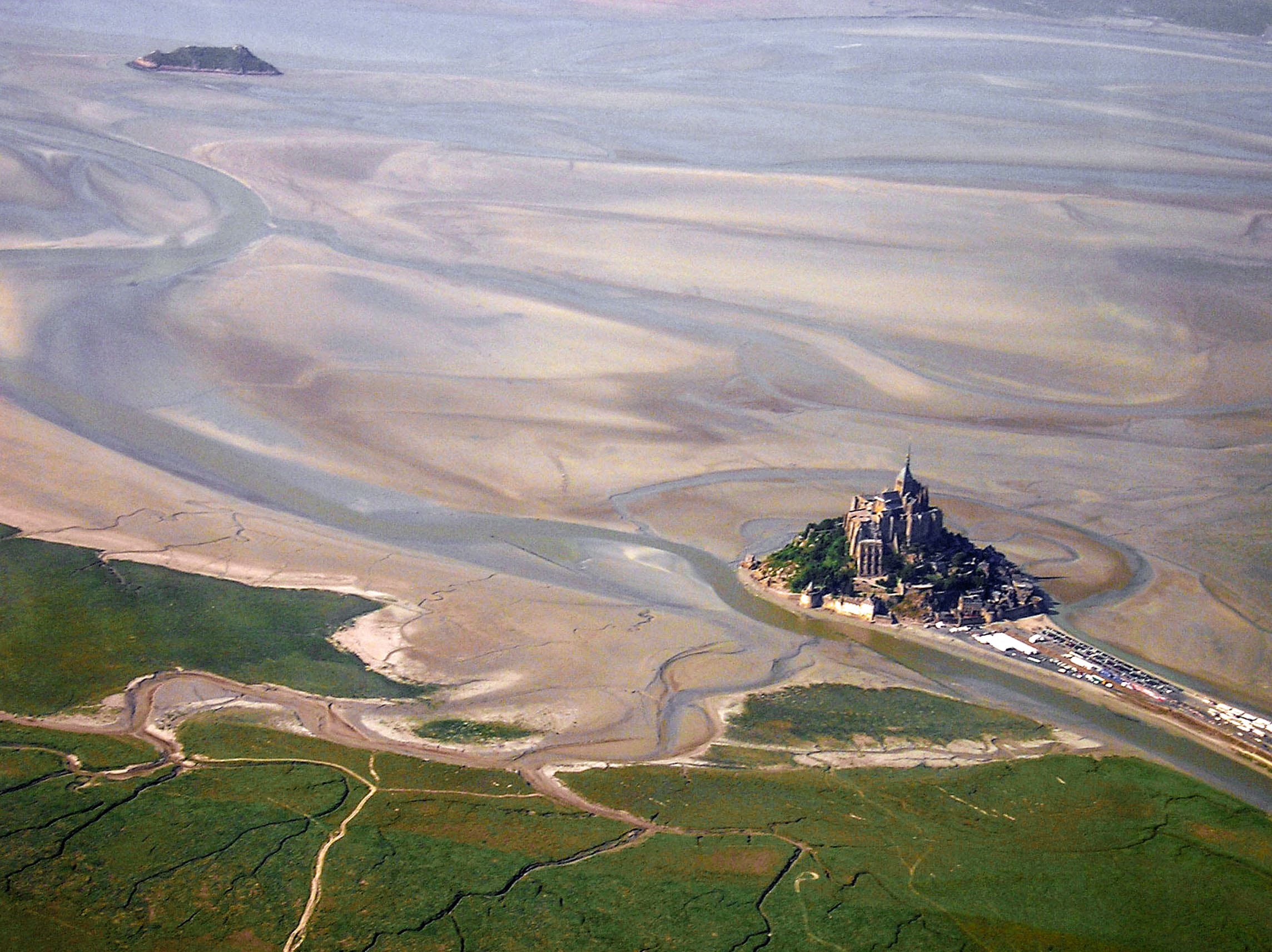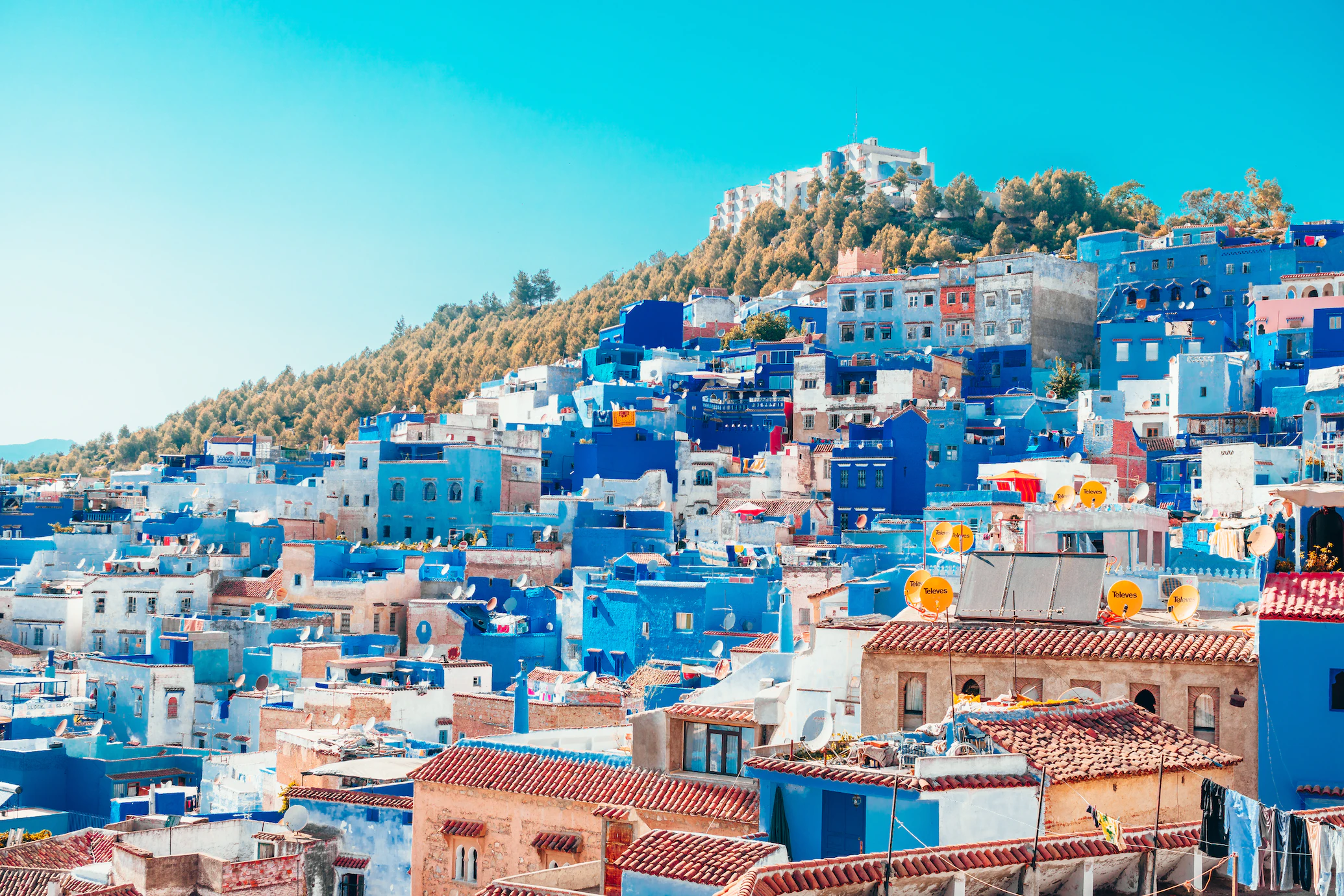Guide to Retezat: Romania’s Splendid National Park
Located in Romania’s Southern Carpathians, Retezat National Park is a pristine natural haven that captures the imagination of outdoor enthusiasts and nature lovers. Established in 1935 as the country’s first national park, Retezat is a jewel of biodiversity and dramatic alpine landscapes that leave a lasting impression on all who visit.
The park is part of the Retezat Mountains, a rugged massif known for its glacial lakes, jagged peaks, and dense forests. It features over 20 peaks rising above 2,000 meters, including Peleaga, the highest at 2,509 meters. This dramatic terrain makes the park a favorite destination for hikers seeking panoramic vistas and challenging climbs. Here’s our comprehensive guide to Retezat National Park;
Please Download Our Mobile App here.
Overview of Retezat National Park
Located just north of Domogled-Valea Cernei National Park, Retezat National Park spans 146.90 square miles of spectacular mountain terrain. Recognized as Romania’s first national park, Retezat is part of the Carpathian range and features the country’s tallest and most rugged peaks. This region contains the highest concentration of summits rising above 6,560 feet (2,000 meters), making it a magnet for mountaineers and hikers.
The park’s fame also stems from its ancient, untouched forests, including an exceptional mixed forest that ranks as the largest of its kind in Europe. With nearly 1,190 plant species recorded, the park bursts with biodiversity that enhances its already lush woodlands.
Adding to its natural appeal are 80 glacier lakes scattered like hidden gems throughout the park, their clear waters reflecting the dramatic alpine backdrop. In recognition of its ecological importance and pristine landscapes, UNESCO has included Retezat in a larger biosphere reserve, helping to safeguard its wild beauty for generations to come.
Wildlife in Retezat National Park

Retezat National Park supports an extraordinary diversity of wildlife, making it one of Romania’s most treasured natural sanctuaries. Among its most iconic inhabitants are the large carnivores like brown bears, wolves, and the elusive Eurasian lynx. These roam freely through the dense forests and alpine meadows.
You’ll also glimpse herbivores such as chamois navigating the steep rocky slopes, and red and roe deer grazing in the lower valleys. Smaller mammals also thrive here, including wildcats, Eurasian badgers, otters, stoats, and beech martens. There’s also a wide variety of bat species like the Greater horseshoe bat, Parti-coloured bat, and Soprano pipistrelle.
The Alpine marmot, introduced in 1973, has since established itself in the highlands. Birdlife in the park is equally impressive. You’ll see the majestic golden eagles soaring above, alongside species like the Eurasian eagle-owl, western capercaillie, black grouse, peregrine falcon, and lesser spotted eagle.
More elusive or seasonal sightings include the corn crake, collared flycatcher, kingfisher, and alpine specialists like the Wallcreeper and Alpine Accentor. Retezat is also a paradise for entomologists and butterfly enthusiasts. Over a thousand butterfly species have been identified here, earning the park recognition as one of Europe’s top Prime Butterfly Areas.
Best Time to Visit Retezat National Park
The best time to visit Retezat National Park is between June and September. During this window, the weather is at its most welcoming for outdoor exploration. During these summer months, visitors can enjoy mild temperatures and long, sunny days that make hiking the park’s network of trails both comfortable and rewarding.
Glacial lakes glisten under clear skies, and the paths are typically dry and snow-free, offering easy access to the park’s diverse scenery. The shoulder months of May and October also offer a quieter, more serene experience. However, it’s worth noting that the higher elevations might still be dusted with snow and temperatures can be noticeably cooler, especially early in the morning or late in the evening.
For those considering winter (between November and April), it’s worth noting that the park remains open but transforms into a far more challenging environment. Snow and ice dominate the landscape, making many routes impassable unless you’re an experienced mountaineer equipped for harsh alpine conditions. Make sure to check the local forecast before setting out due to the unpredictable weather at higher altitudes.
Getting to Retezat National Park

Getting to Retezat National Park from Bucharest is relatively straightforward, with several travel options depending on your travel style. The most direct way is by train, with routes to either Târgu Jiu or Baru Mare. From Târgu Jiu, which takes just under eight hours by train, you can continue on foot or by local transport to the park.
A slightly longer train ride brings you to Baru Mare, where a short transfer by bus or taxi leads to the park entrance. Traveling by bus is another possibility, with a direct route from Bucharest’s Autogara Militari to the town of Pui. The journey takes about seven hours and forty-eight minutes.
There’s also a bus option to Târgu Jiu that’s slightly quicker, taking just under six hours, followed by a local transfer to the park. For those flying into Romania, airports in Cluj-Napoca, Timișoara, or Oradea great entry points. For example, flying to Cluj-Napoca and then taking a train to Pui provides a practical route.
You can also fly to Timișoara or Oradea and then take a combination of bus and train to Subcetate before reaching the park on foot. Renting a car is also an option for travelers who prefer flexibility. The E60 or E79 provide the main road access routes depending on your departure point in Bucharest.
Other Activities in Retezat National Park
Retezat offers far more than just a walk in the woods—it presents a full immersion into one of Europe’s last untouched alpine environments. With more than 80 glacial lakes scattered across the rugged terrain, the park invites exploration at every turn. Lake Bucura, the largest and deepest of them all, stands out for its stunning dimensions and serene beauty.
The towering mountain ranges, including Peleaga Peak—the park’s highest summit at 2,509 meters—offer panoramic viewpoints that are well worth the climb. These massifs form some of Romania’s most imposing natural landmarks, attracting mountaineers and nature photographers alike.
As you make your way along the park’s many hiking trails, you’re treated to sweeping vistas of primeval and mixed forests. It’s this blend of soaring peaks, glacier-carved lakes, and rich, forested biodiversity that makes hiking in Retezat a memorable experience in raw and awe-inspiring nature.
Park Fees in Retezat National Park

The admission fee at Retezat National Park is 10 RON ($2.20) per person. This fee grants access for a full seven days and allows visitors to enter the park multiple times during that period. The pass can be easily obtained at several locations, including the park’s visitor center in Nucșoara, the main entry points, or directly from authorized staff.
FAQs
Is Retezat National Park worth visiting?
Retezat National Park is absolutely worth a visit, particularly for those who appreciate the quiet majesty of the natural world. This remote corner of Romania offers some of the most striking scenery in the Carpathians, with towering peaks, glacial lakes, and a rich variety of plant and animal life.
How long to spend in Retezat National Park?
The amount of time you should spend in Retezat National Park depends largely on how much hiking you want to do. A single day is enough for a rewarding introduction to the park, especially if you choose one of the more accessible trails. However, to truly appreciate the park’s varied landscapes, tranquil glacial lakes, and dramatic peaks, it’s best to plan for at least two or three days.
Conclusion
Whether you are looking to summit dramatic peaksor simply breathe in the crisp mountain air, Retezat National Park offers a rare chance to reconnect with unspoiled nature. Its trails, though sometimes remote and rugged, reward the effort with serenity, solitude, and an authentic sense of wilderness that is increasingly rare in today’s world.






